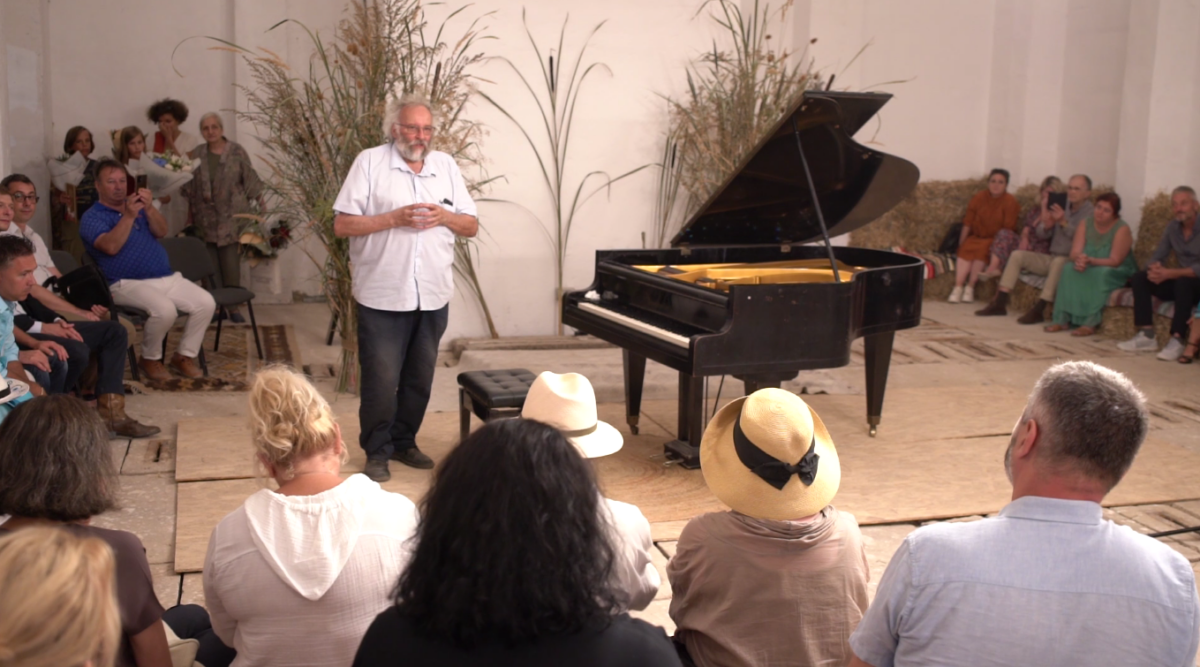
Looking back with lucidity. Pro Patrimonio at the age of 25
January 2025
The rationale behind the creation of Pro Patrimonio Romania Foundation in 2000, the balanced adaptation to the local context, the strategic flexibility and the long-lasting and impactful projects show that the organization has proven its usefulness.
The essential idea the founding architect Șerban Cantacuzino had should be restated: the foundation was created using the Anglo-Saxon National Trust model, which has adapted over time due to the completely different situation between British and Romanian society.
Pro Patrimonio has developed a progressive strategy, starting from seemingly minor issues of information and debate, and succeeding in creating a rather important circle of interest – Bucharest, Brasov, Câmpulung. Then came the second stage: the decisive step of saving the buildings, backed up by the principle asserted by Șerban Cantacuzino – the protection of monuments of particular importance through donations. The access to donors generated a certain kind of knowledge linked to social relations, created a group of supportive members outside Romania and influenced other organizations to do similar things. I am referring to a networking cooperation process, like the ever-present Pro Patrimonio branches in England and France.
Pro Patrimonio has not stopped, the strategy has naturally evolved towards issues raised at territorial level. The first project was 60 Wooden Churches, which started in 2009 from a simple observation: in rural areas there are values that pointwise may seem small, but which become a very precious heritage, when seen as a whole. They could be saved only taken as a whole and the case of the Bears’ little church – which was awarded multiple prizes in 2021 – is a perfect example, based on a slow process in which collaborators and volunteers worked side by side with passion.
Pro Patrimonio applies its strategy in a flexible and exploration-based manner. How do we start a project without knowing how it ends? is, in fact, the first question about how we manage and what we do after a project is completed. The idea is not to leave the place, but to pass on values and knowledge to local communities; this is how the heritage education project came about. Good heritage administration starts with education as the spearhead and the tool that can pass on a one-off effort in the long term.
Another principle of action is reciprocity in behaviour towards heritage that you cannot maintain but you know you have to pass on, sometimes in borderline situations. Internally, we look for solutions based on common sense and normal gestures in relation to values, transmissibility, maintenance and correct use of heritage, nothing excessive (projects such as the study of historic plasterwork, maintenance of a church, etc.).
We did not segregate (by profession, age, function) in Pro Patrimonio projects. We worked with whom we could and adapted to each case. Romania is stratified, there are segregations and differences of perception in terms of history, tradition, patriotism, responsibilities, which makes a whole series of losses unexpected and unnecessary. It is a different understanding of values.
We cannot be indifferent to the destruction of national heritage and that of neighbouring countries. Heritage has no borders; it is a normal concern.
In the long term, we want to pass on the Pro Patrimonio system that will be metabolized as a model at a general level, where the concern for heritage becomes a normality.
Șerban Sturdza


